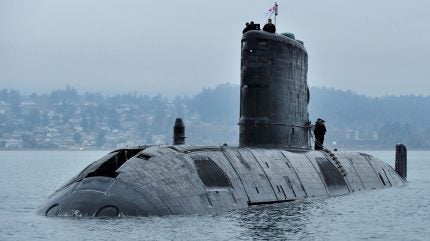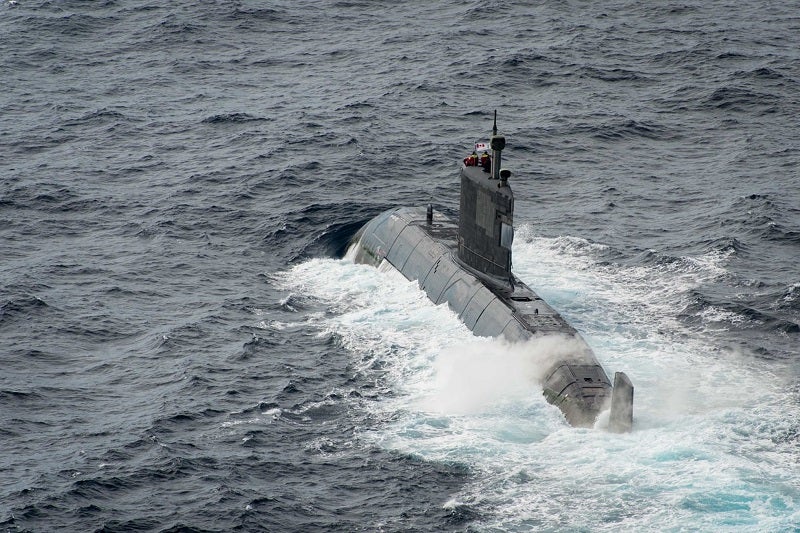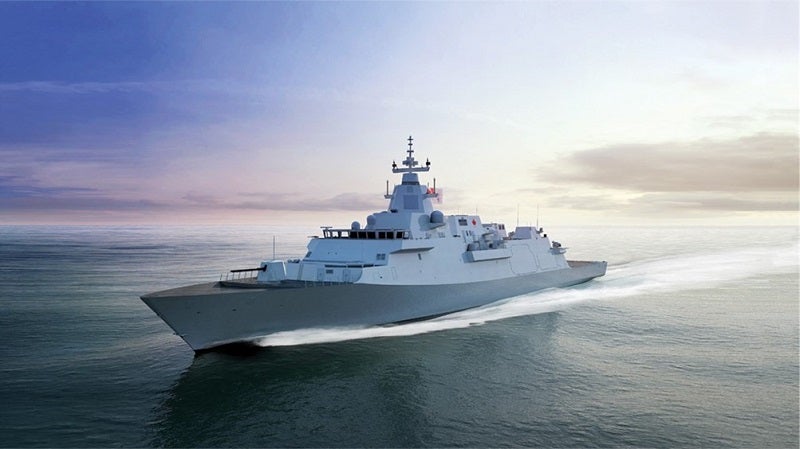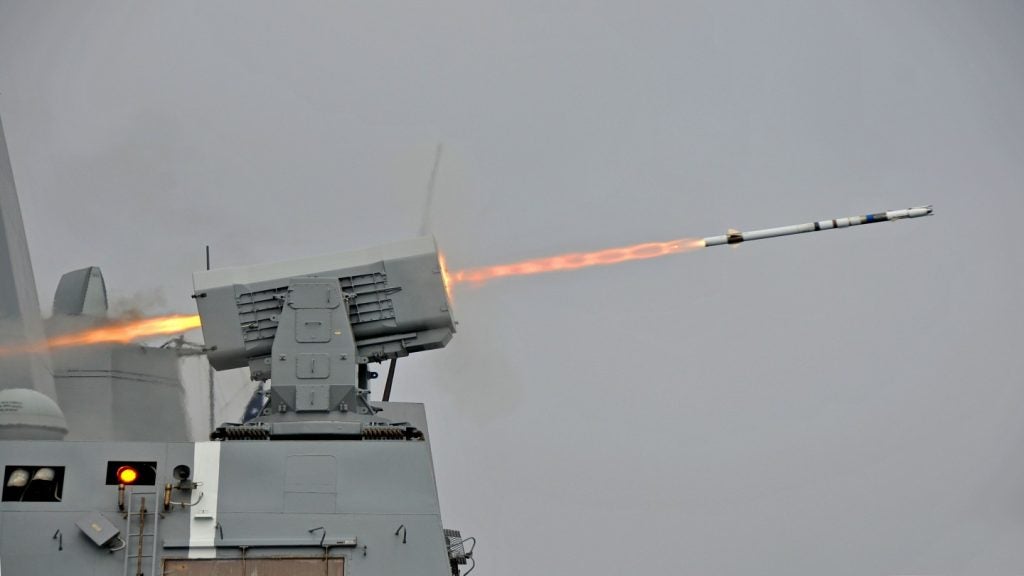
Canada will soon begin to engage with industry regarding their plans to acquire 12 conventionally powered submarines, according to a statement from Bill Blair, the Minister of National Defence, on 10 July 2024.
The government prefaced the update by outlining the reality that Canada has the largest coastline in the world – approximately 151,000 miles – before asserting that “an underwater surveillance capability is crucial to our security and sovereignty.”
With new shipping lanes forming from melting ice caps, it is likely that the Arctic Ocean may become the most efficient route between Europe and the Far East by 2050. The Canadian Government has resolved to implement greater protective measures through their new defence vision – entitled ‘Our North, Strong and Free’, released in April – to meet a world where sovereignty is increasingly affronted. Such measures lie in maritime surveillance, above and below the surface.
“This new fleet will enable Canada to protect its sovereignty in a changing world, and make valuable, high-end contributions to the security of our partners and Nato allies,” Blair maintained.
Currently, the Royal Canadian Navy (RCN) operate four long-range, diesel-electric powered Victoria-class patrol submarines.

Formerly known as the Upholder-class, the Canadians purchased the ‘Type 2400’ fleet from the UK Royal Navy, which were originally launched in the late 1980s and early 1990s. These four platforms replaced the northern nation’s Oberon-class, the last of which were decomissioned five months before HMCS Victoria was commissioned in December 2000.
How well do you really know your competitors?
Access the most comprehensive Company Profiles on the market, powered by GlobalData. Save hours of research. Gain competitive edge.

Thank you!
Your download email will arrive shortly
Not ready to buy yet? Download a free sample
We are confident about the unique quality of our Company Profiles. However, we want you to make the most beneficial decision for your business, so we offer a free sample that you can download by submitting the below form
By GlobalDataThe hull is a classical teardrop shape design, 70.3 metres (m) in length by 7.6m in width and with a depth of hull of 5.5m. The fin or main sail houses a five-man lockout chamber. The submarine accommodates a crew of 48 including seven officers. There is room for an additional five mission crew, observers or training crew.
Canada’s CPSP fleet
Through the Canadian Patrol Submarine Project (CPSP), Canada will acquire a larger, modernised, under-ice capable submarine fleet.
Their key submarine capability requirements will be “stealth, lethality, persistence and Arctic deployability – meaning that the submarine must have extended range and endurance.”
These boats will enable the RCN to covertly detect and deter maritime threats, control its maritime approaches, project power and striking capability further from our shores, and project a persistent deterrent on all three coasts.
The Department of National Defence is currently in the process of meeting with manufacturers and potential partners, as part of the CPSP. A formal Request for Information (RFI) will be posted in the autumn of 2024 to gain further information on the procurement, construction, delivery and operational capabilities of potential bidders who can build submarines for Canada.
This RFI will also seek to gain information which will enable the establishment of a submarine sustainment capability in Canada.
This procurement will enable Canada to develop closer ties with its allies and partners and establish a strategic partnership that not only delivers the submarines themselves, but creates a durable relationship between Canada and its strategic partners to support personnel training and the sharing of information.
RCN’s Arctic force structure
Canada’s defence vision is already well underway. In mid-May, the Navy commissioned its fourth Harry DeWolf-class Arctic and Offshore Patrol Ship, HMCS William Hall.
These ships are designed to operate through ice up to one metre thick, with a hull strengthened for operations in the High North, protecting Canada’s territorial interests in the region and enforcing sovereignty in its waters.
Two more ships in the class are being procured, with the last expected to be delivered in 2025. In a recent Defence Policy Update, a number of upgrades to the Harry DeWolf-class ships were announced, including specialised marine sensors, and it was decided to explore options for Arctic and Offshore Patrol Vessels to operate maritime helicopters at sea.
At the start of July, the government revealed that Irving Shipbuilding has begun the construction of the production test module (PTM) for the Canadian Surface Combatant – now designated River-class destroyers.
The PTM will allow industry to test and streamline processes, and implement lessons learned into the build process ahead of full rate production in 2025.

PTM construction can raise costs, although the financial benefits of conducting such granular and iterative testing often render this the more financially sound option over the long term. “Especially when the government client is on the hook to pay for the whole research and development process,” considered GlobalData Defence Analyst Tristan Sauer.
As the Navy looks to engage with industry, the service may consider the same PTM process to iron out any potential kinks as the endeavour comes as part of one of the country’s largest shipbuilding programmes since the Second World War.
Additional reporting from Harry McNeil.







